International Day of Forests 2022: Forests, Trees and Poverty Alleviation in Africa
International Day of Forests 2022: Forests, Trees and Poverty Alleviation in Africa
By Dikshya Devkota, GFEP Project Manager, IUFRO
On the occasion of the International Day of Forests 2022, our member IUFRO presents its latest Policy Brief “Forests, Trees and Poverty Alleviation in Africa.” This brief aims to help decision-makers, stakeholders, and practitioners better understand the potential role of forests and trees in sustainable development in Africa.
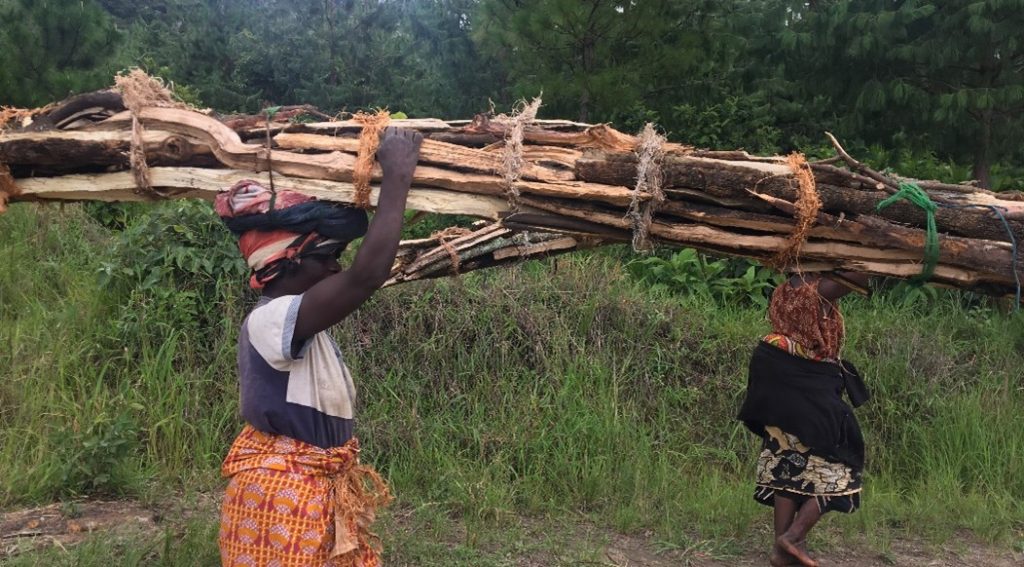
How will the Sustainable Development Goals affect forests and people?
How will the Sustainable Development Goals affect forests and people?
Since Agenda 2030 was launched in 2015, plenty of attention has been paid to the contributions which forests can make to its 17 Sustainable Development Goals (SDGs). However, relatively little attention has been given to the possible impacts which the SDGs will have on forests, forest ecosystems and people benefitting from forests, and how this might contribute to, or undermine, the role forests play in improving human well-being and protecting the environment.
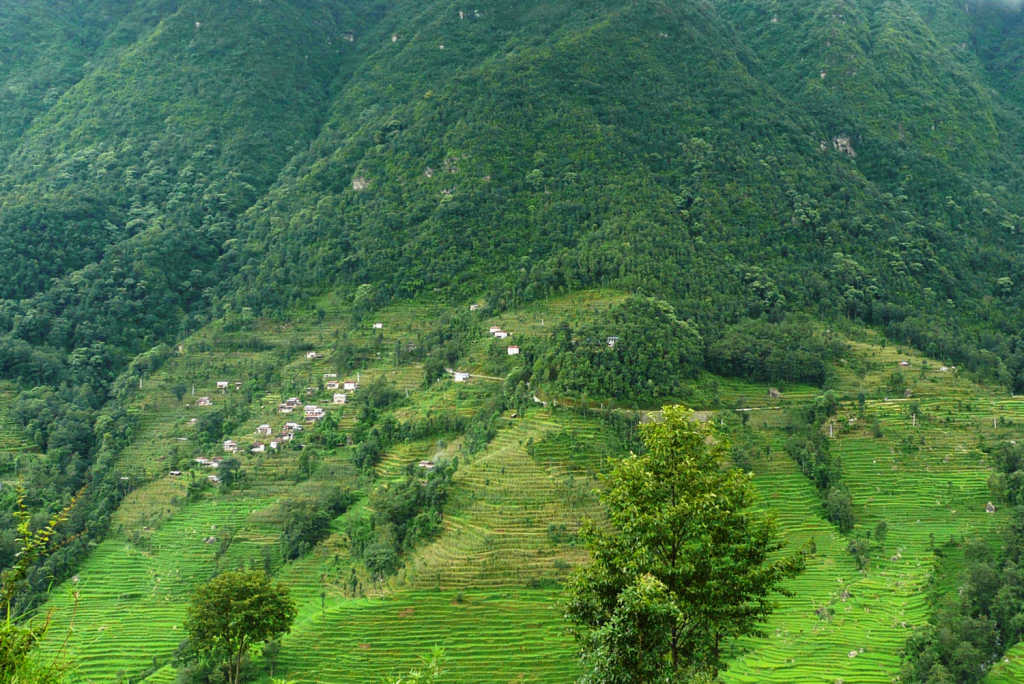
Congress Spotlight #71 – High Time to Again Pay More Attention to Ecological Processes in Sustainable Forest Management
Congress Spotlight #71 – High Time to Again Pay More Attention to Ecological Processes in Sustainable Forest Management
Human needs and our environment continue to change. Because of that, forest management practices, in terms of sustainable forest management (SFM), need to be updated, said Dr. Liu Shirong, Professor of Forest Ecology and Hydrology and President of the Chinese Academy of Forestry, Beijing, China.
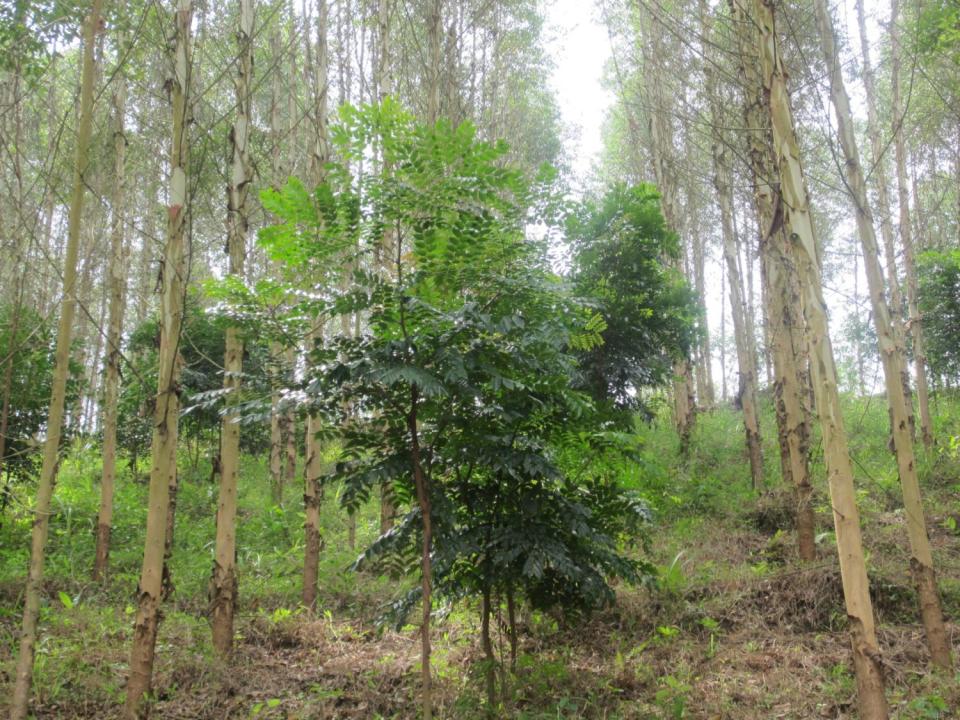
The Future of Forests and Forestry in Asia and the Pacific
A report from the partner event on the opening day of the 27th Session of the Asia-Pacific Forestry Commission by Dr Michael Kleine, IUFRO Deputy Executive Director
The 27th Session of the Asia-Pacific Forestry Commission, taking place at the Bandaranaike Memorial International Convention Centre, Colombo, Sri Lanka from 23-27 October 2017, started with a partner event on the future of forests to be assessed in the forthcoming 3rd Asia-Pacific Forest Outlook Study “The future of forests and forestry in Asia and the Pacific: The path to 2030 and beyond”. Read more…
IUFRO Spotlight #44 – Evidence linking community forest rights and improved forest condition inconclusive
There is an assumption that there is a correlation, possibly even a direct cause and effect relationship, between the devolution of forest governance and improved forest condition.
The United States Agency for International Development (USAID) was interested in testing that hypothesis to assess its impact on global climate change mitigation and adaptation.
To that end, a group of researchers at Michigan State University was tasked with reviewing, summarizing and commenting on the empirical evidence supporting that conclusion.
In their review of the literature, they found the assumption deserves, at best, a “maybe.” Read more…
IUFRO Spotlight #40 – Biological Invasions: An Undesired Effect of Globalization
Increasingly, the trend of globalization causes many species to be moved around the world and into areas in which they have never before existed.
Unfortunately, when organisms are moved out of the regions where they evolved and transported to new regions where there are few or no natural limiting factors – predators, as an example – populations can sometimes explode with profound impacts on the new and vulnerable territory. Read more…
Spotlight #35 – Cool it! Use Forest Landscape Restoration to Fight Climate Change

The stoplight tool is essentially a simplified presentation of complex restoration initiatives, and how they may contribute to climate change mitigation and adaptation and vice-versa, in a specific local context. (Image by Yougen/iStock)
Forest landscape restoration (FLR) can be a major weapon in the battle against climate change.
FLR can contribute to climate change mitigation and adaptation by increasing the productivity of landscapes and by enhancing the resilience of forest ecosystems and reducing the vulnerability of forest-dependent communities.
When one considers that about 25% of the world’s land surface is being degraded in one way or another and about 15% of that land surface is considered appropriate for forest landscape restoration, it underlines both the need for significant remedial action while, at the same time, pointing to a reasonable and beneficial way to achieve that restoration. Read more…
Congress Spotlight #20 – The climate’s changing: So should forest management
The climate’s changing: So should forest management
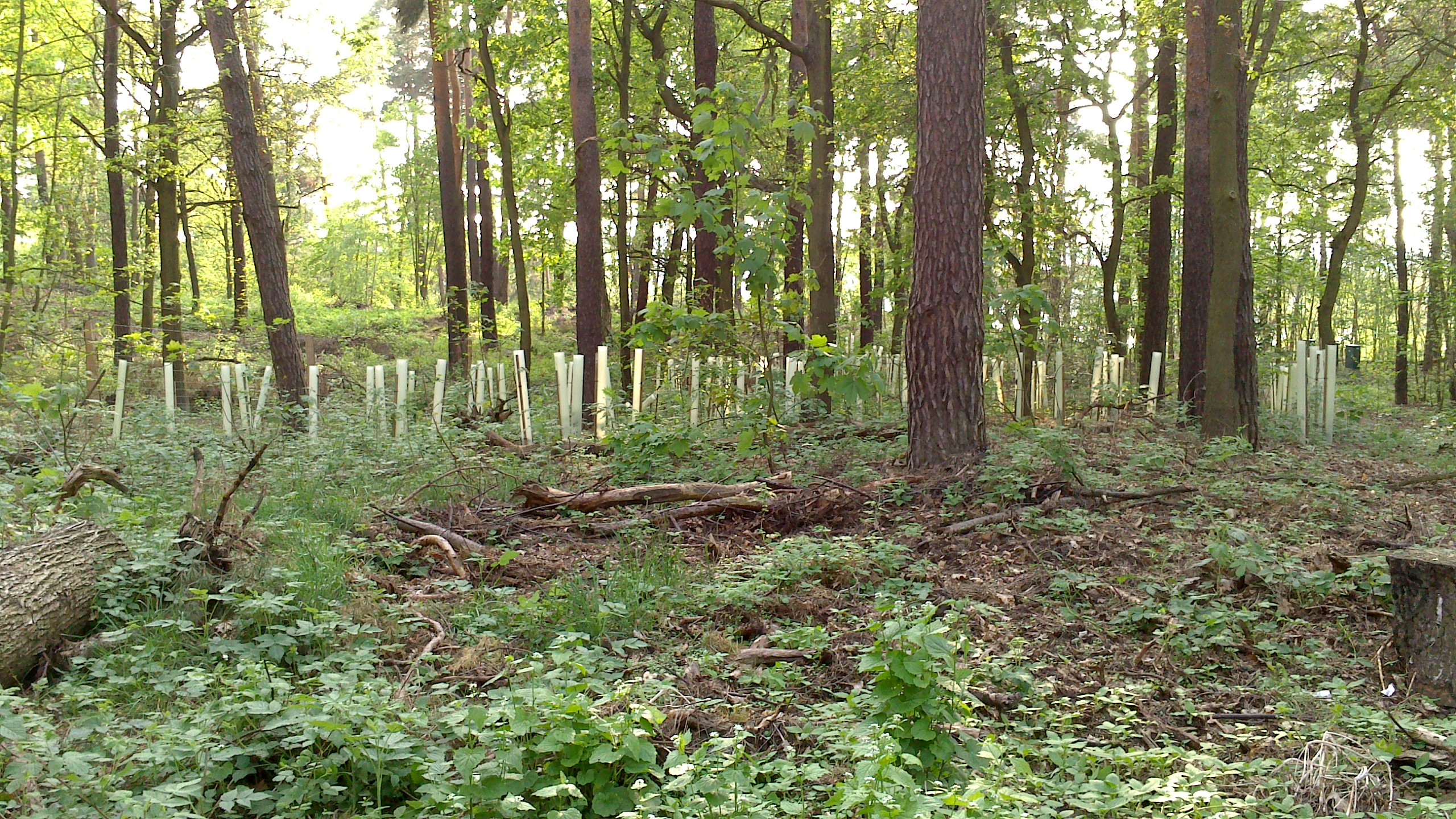
In Berlin, the capital city of Germany, a comprehensive program of converting pine stands into close-to-nature mixed forest is being implemented, thus making the forest more resilient to future climate change effects, for example. (Photo by IUFRO)
As a joke, people used to say: “If you don’t like the weather, just wait a minute. It’ll change.”
Now they say that about the climate – but they’re a lot more serious.
The rapidly changing climate will precipitate related changes throughout nature. And that includes the world’s forests.
Anticipating climate change impacts on forests and adapting policies and management strategies to mitigate those impacts is critical to maintain the health of those forests and, by extension, of the earth.
“Forest management for adaptation to climate change” is the theme of a session being presented at the 24th IUFRO World Congress in Salt Lake City this fall, by Drs. Rodney Keenan of the University of Melbourne, Australia; Carina Keskitalo of Umeå University, Sweden; Kalame Fobissie of the World Wildlife Fund Central Africa, Cameroon; and Guangyu Wang of the University of British Columbia, Canada.
Congress Spotlight #19 – ‘Citizen science’: A way to fight invasive species?
‘Citizen science’: A way to fight invasive species?
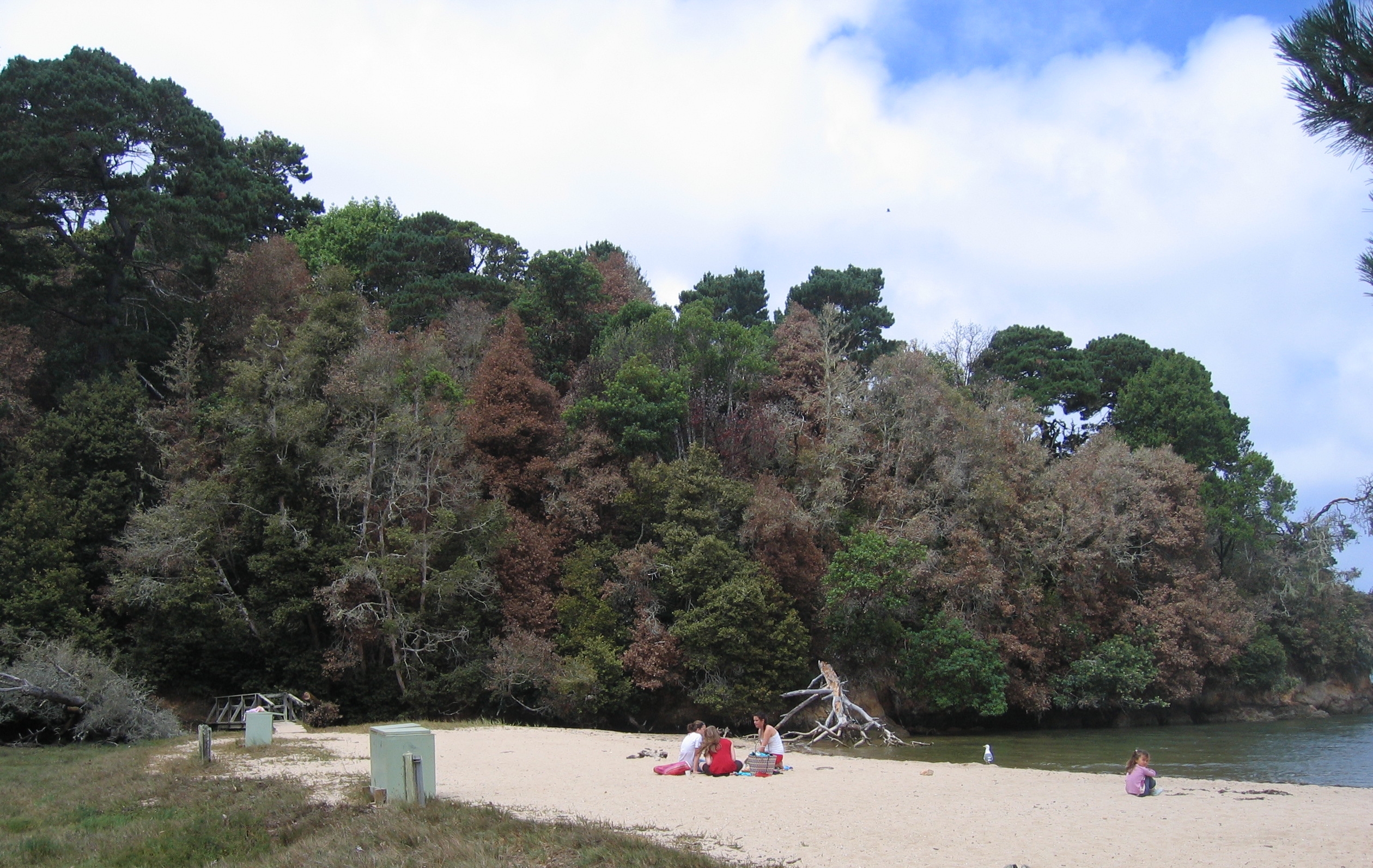
At Shelley Beach, a few miles North of San Francisco, tanoaks and oaks, the most sacred trees to native people of the Northern California coast, have been decimated due to the exotic disease known as Sudden Oak Death (SOD). SOD is thus not only changing the landscape dynamics but also profoundly altering the local culture. (Photo by Matteo Garbelotto)
Invasive species are a threat to forest ecosystems around the world.
No surprise there.
Thousands of invasive flora and fauna have been transported – sometimes by accident, sometimes by design – to different continents and countries. Very often their impact is detrimental to their new region.
But, usually when one thinks of the negative impacts of invasive species, top of mind would be the effect on the economy – for instance, phytophthora dieback, an Asian import, affects the economically important jarrah tree in Australia. Or perhaps one would think of environmental damage, such as the destructive swath cut through the forests of Tierra del Fuego by imported North American beaver, to give just two illustrations of unwanted economic/environmental results.
IUFRO Spotlight #8 – Combatting Climate Change Comprehensively
Combatting Climate Change Comprehensively
By Ben Chikamai (Kenya Forestry Research Institute)
IUFRO Board Member, Kenya
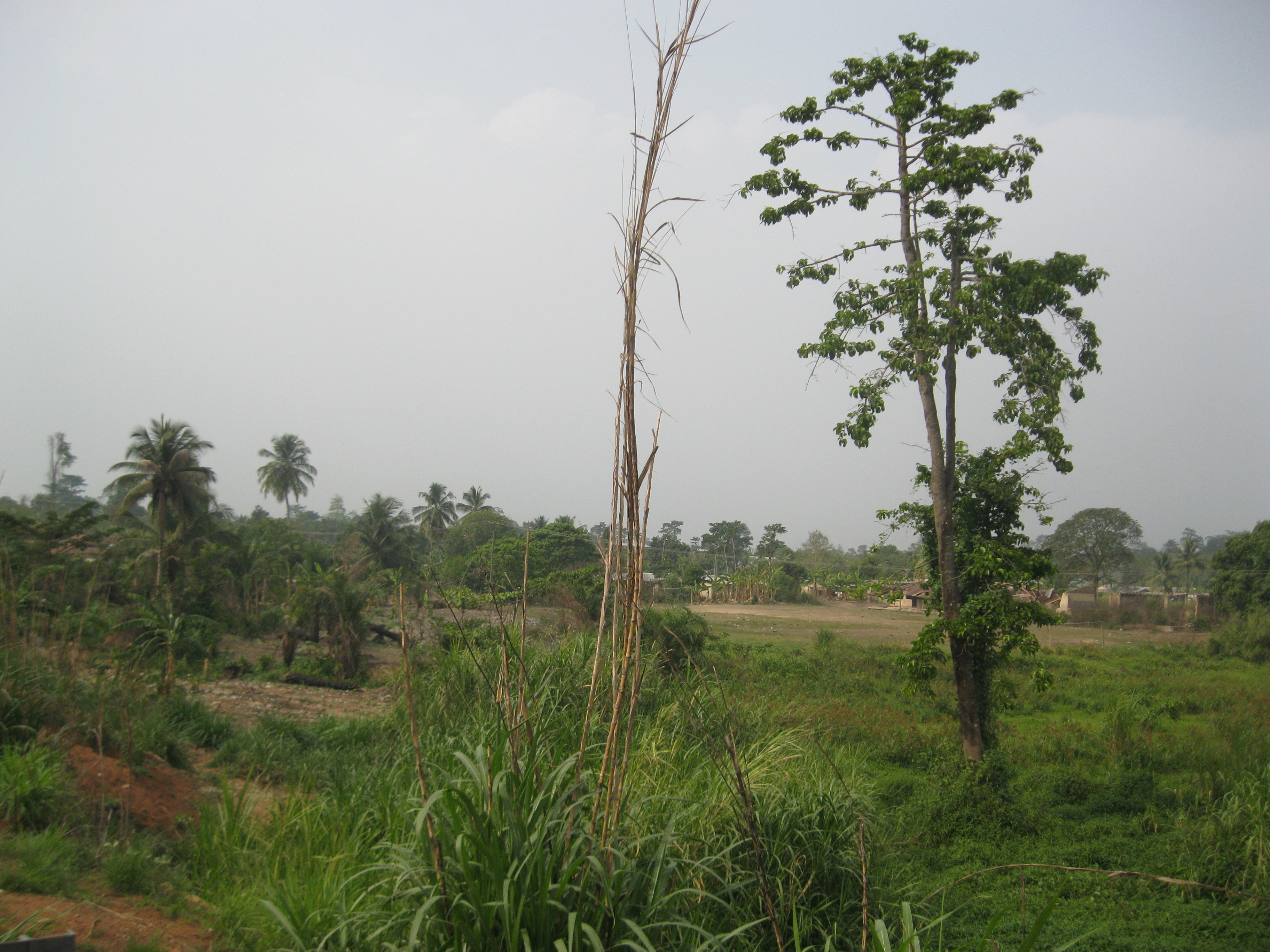
Degraded forest landscape in the Offinso District, Ghana. The original high forest cover has been modified through over-exploitation of wood resources, agriculture activities, and establishment of human settlements. (Photo by Ernest Foli, FORNESSA)
African forest policy makers and governments could benefit by using a recent study as a template to help bring climate change adaptation into the mainstream of national development strategies.
The study, conducted in two forest-dependent areas in Africa, emphasizes cross-sectoral planning – recognizing and incorporating interacting priorities, such as agriculture, health, forestry, land-use planning, water resources, energy, education, etc. – as a key element in implementing any effective climate change adaptation strategy.
Forests can play an important role in achieving climate change adaptation goals in Africa. But sustainable forest management decisions alone can’t accomplish that. Policy decisions – for forests as well as other resource areas – must complement one another. At present, impacts from some of those other sectors may actually be threatening the forests.
There are a number of pressures on Africa’s forests – agricultural expansion and forest over-use among them. Reducing non-climatic pressures, in a logical, prioritized manner, can help reduce the vulnerability of forest ecosystems. That’s crucial because many people in Africa are highly dependent on forest goods and services. Those people are, and will continue to be, particularly vulnerable to the impacts of climate change. Improving the capability of forest dependent communities to adapt to a changing climate will reduce that vulnerability.
The study: Enhancing Adaptation of Forests and People in Africa – Development of Pilot Cases for Selected Forest Ecosystems in Ghana and Malawi, examined forest issues related to climate change in selected areas of those countries. The authors, E.G. Foli and S. Makungwa, worked in those specific areas because they represent typical examples of the ecological and socio-economic situation prevalent in Sub-Saharan Africa, so the findings could also be applied to countries in West, Central, Southern, and parts of East, Africa.
Among other findings, the study confirmed a general trend of increasing mean annual temperatures and a decline in mean annual rainfall. In the Ghana pilot area this has resulted in forest loss due to wildfire; a decline in the availability of non-timber forest products; reductions in agricultural crop yields; and declining potable water supplies and the associated risk of water-borne diseases. In the Lake Chilwa area of Malawi, in addition to declining potable water supply and its associated disease risks, there has also been poor productivity on tree farms; loss of indigenous trees in communal areas, riverbanks and surrounding forest reserves; a decline in agricultural productivity; and declining fish catch from the lake.
While the study noted how changing climatic conditions can adversely affect livelihoods, health and food security in those communities, it also noted examples of locally initiated adaptation strategies developed to mitigate the impacts of the changing climate. By compiling existing information, including the needs of stakeholders in the various inter-related resource areas, consulting with local communities and assessing and evaluating each project site, enhanced and concrete adaptation measures for the pilot areas were developed.
Then, a priority setting exercise was carried out to identify appropriate and relevant adaptation strategies and activities that would best serve the communities. Similar techniques could be used across a much wider area, the authors say, but that will require political will, financial commitment, and an integrated multi-sectoral – even trans-national – approach. It’s a challenge, they agree, but one that must be faced.
The full study can be found at: http://www.fornis.net/content/enhancing-adaptation-forests-and-people-africa-development-pilot-cases-selected-forest-ecosy
